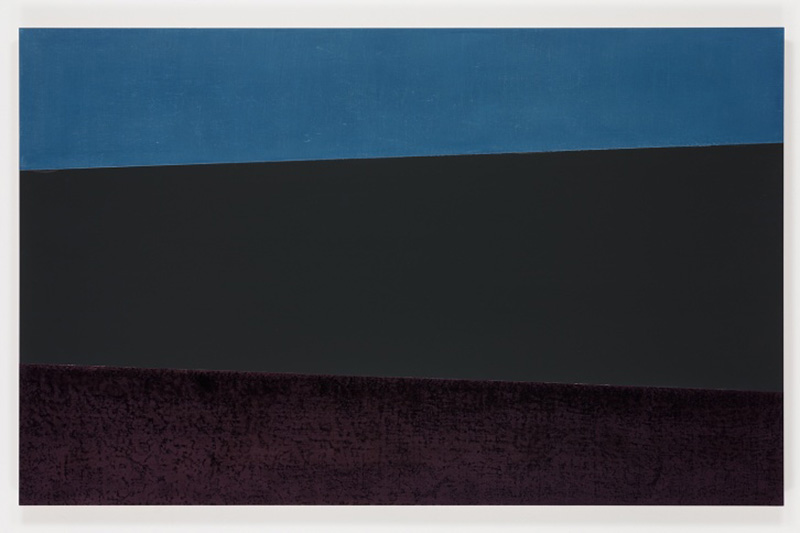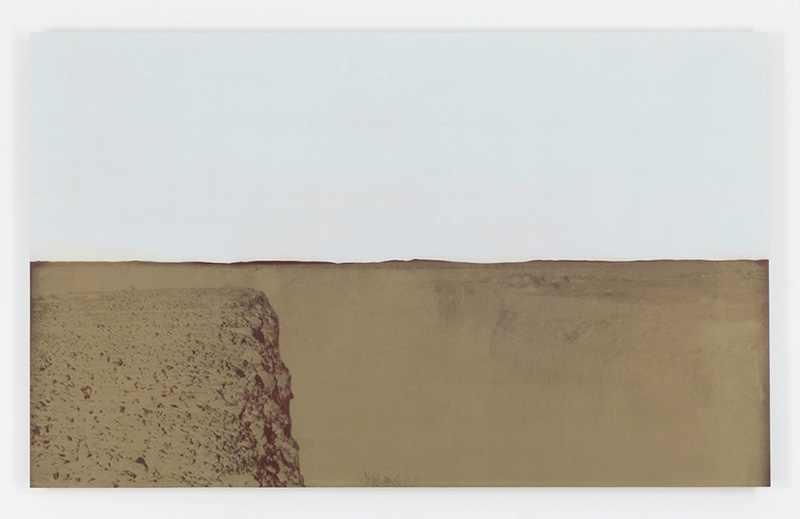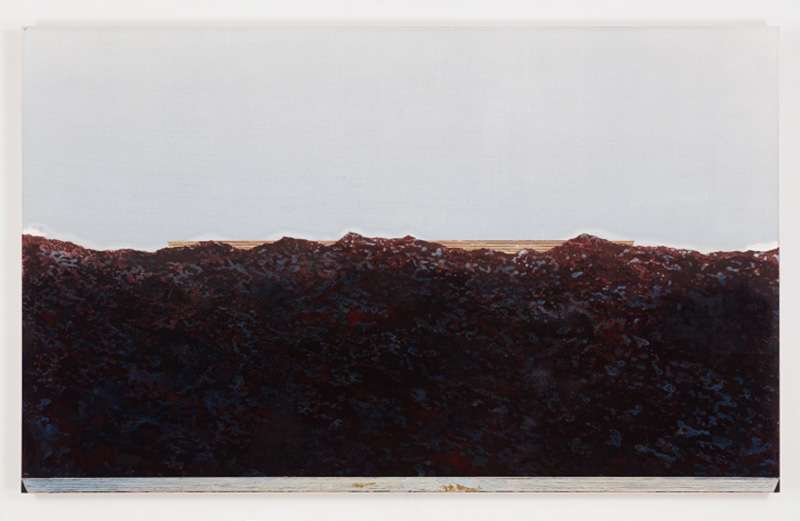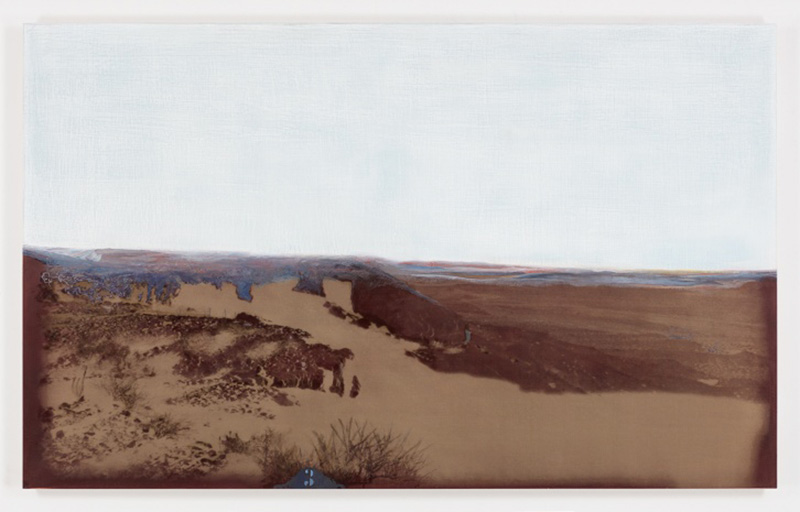ART CITIES:L.A.-Rebecca Howe Quaytman
 In 2001 Rebecca Howe Quaytman began applying a system with which to make all paintings into the future. One element of this system is to structure evolving groups of paintings as an author would a book, each exhibition in the artists resume is conceived as a new chapter added to and effecting the overall progression of what the paintings communicate. In addition to this advancing chapter structure there is a dimensional rule. The artist limits the painting’s possible dimensions to seven possible nesting ratios generated by the golden ratio 51 x 82.2.
In 2001 Rebecca Howe Quaytman began applying a system with which to make all paintings into the future. One element of this system is to structure evolving groups of paintings as an author would a book, each exhibition in the artists resume is conceived as a new chapter added to and effecting the overall progression of what the paintings communicate. In addition to this advancing chapter structure there is a dimensional rule. The artist limits the painting’s possible dimensions to seven possible nesting ratios generated by the golden ratio 51 x 82.2.
By Dimitris Lempesis
Photo: MOCA Archive
“R. H. Quaytman, Morning: Chapter 30”, at the Museum of Contemporary Art in Los Angeles is the first major museum survey of work by Rebecca Howe Quaytman, featuring approximately 65 paintings selected from the past 10 years, including one complete “chapter” from 2011 and a significant cycle of new work made in response to MOCA and its collection. Since 2001, Quaytman has produced 29 “chapters”, each drawing on narratives that reference the exhibition location, and all sharing the artist’s now-signature attention to the intersection of craft, life, and a vast network of intellectual and artistic interests. A point of departure for Quaytman’s “Morning: Chapter 30” is Michael Heizer’s seminal work “Double Negative” (1969–70), a pioneering work of Earth or Land art, marking the beginning of this distinctly American Movement. It is one of the earliest examples of large-scale, ambitious, site-specific art projects, created outside of the established art world. Heizer created this sculpture purely through the act of subtraction. With the use of blasting and heavy equipment, he excavated two enormous trenches in the Mormon Mesa of a remote location in southeast Nevada. Removing over 240,000 tons of rhyolite and sandstone, he created two perfectly geometric trenches. The two incisions in the earth line up perfectly, mirroring each other from opposite sides of the canyon. The shape implied by the two negative spaces becomes visually united as a corridor across the divide – hence a double negative. At the outset of researching her exhibition for Los Angeles, Quaytman was drawn in by the mythology surrounding the North American desert and Double Negative’s particularly complicated relationship to MOCA, as an artwork held in the museum’s collection but one that will always and forever be outside the museum’s walls. In late 2015, Quaytman traveled to southern Nevada to view Heizer’s work, capturing the austere landscape of rock, sand, and light with her camera. The resulting photographs serve as a leaping-off point for a group of 22 silkscreen-and-gesso paintings being produced for “Morning: Chapter 30”.
Info: Curator: Bennett Simpson, Curatorial Assistant: Rebecca Matalon, The Museum of Contemporary Art Los Angeles, 250 South Grand Ave, Los Angeles, Duration: 16/10/16-6/2/17, Days & Hours: Mon, Wed, & Fri 11:00-18:00, Thu 11:00-20:00, Sat-Sun 11:00-17:00, www.moca.org



